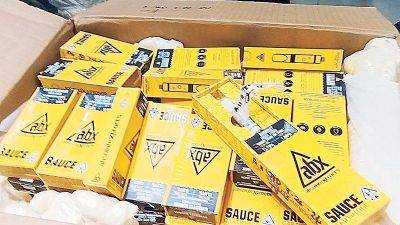Reasons and Fixes for Fraying and Shedding Palm Fronds
Reasons and Fixes for Fraying and Shedding Palm Fronds
Palms are tropical and subtropical perennials in the Arecaceae family with shrub-, tree-, or vine-like growth habits suited to cultivation in Zones 6 to 13, depending on the species.
Most have unbranched stems and clusters of evergreen leaves called fronds.
Noteworthy features are shallow roots and a “pseudo bark” of hardened frond tissue that doesn’t expand with age.
We link to vendors to help you find relevant products. If you buy from one of our links, we may earn a commission.
There are many different varieties for locations ranging from full sun exposure to full shade with moderately moist, sandy loam that drains well.
Heights measure two to 200 feet with a spread of up to 40 feet, offering gardeners a wealth of landscaping options.
In our guide to growing and caring for palm trees, we provide all you need to know to maintain these plants in your landscape.
This article discusses the top reasons why fronds may fray or shed and how to address them.
Here’s what we’ll cover:
Why Palm Fronds Fray and ShedLet’s start our discussion with how these plants grow naturally.
Some species, like the cabbage, Sabal palmetto, Christmas aka Manila, Adonidia merrillii, and foxtail, Wodyetia bifurcata, are self-shedding, otherwise known as self-cleaning.
These types drop their dead foliage, a boon to gardeners who might otherwise have to climb a ladder and use a saw to remove it.
It’s normal to see a “skirt” of dead fronds before they begin to drop off of their own accord.
If your palm is dropping fronds and is not a self-shedding variety, the cause may be one of the reasons we’ll discuss below.
Another characteristic you may observe is “reins.”
These are thread-like filaments protruding from the sides and/or tips of the leaf blades that create a frayed appearance as they separate from the leaves, dry, and turn brown.
Reins are residual plant tissue that edged the leaves before they opened.
Cabbage, California, Washingtonia filifera, and Christmas types exhibit this benign characteristic, and many growers make practical use of the filaments, pinching them off and twisting them into a sturdy twine.
Fraying of this nature







